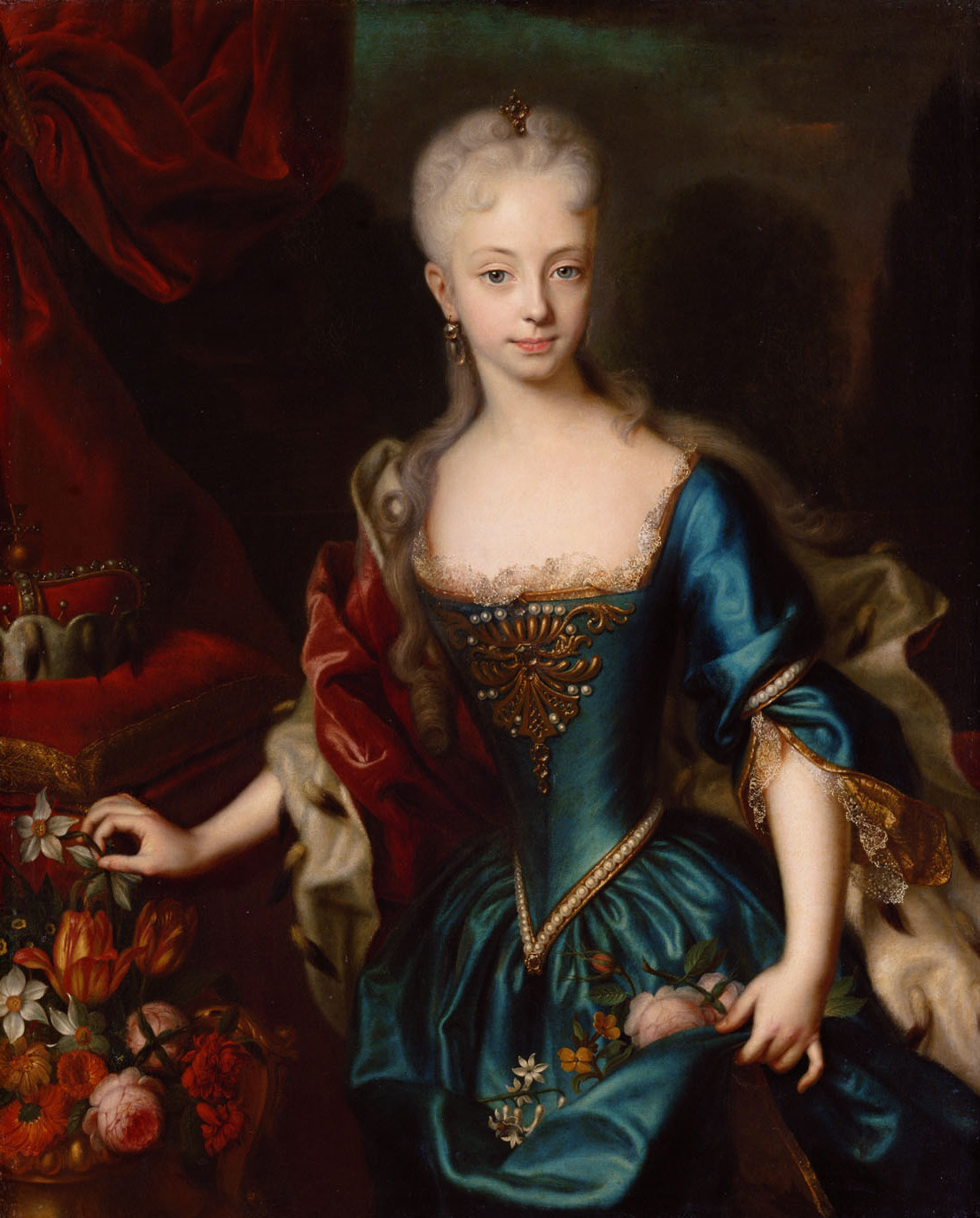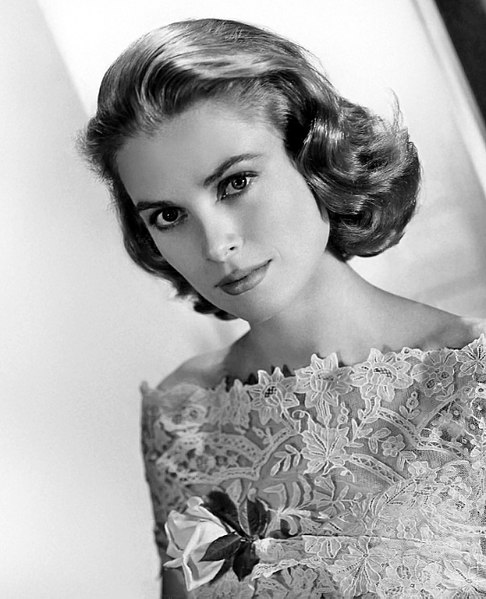_-_Portr%C3%A4t_Kaiser_Karl_VI.jpg/456px-Martin_van_Meytens_(attrib.)_-_Portr%C3%A4t_Kaiser_Karl_VI.jpg) |
| Charles VI, Holy Roman Emperor |
Pragmatic Sanction Issued, 1713
Charles VI, the Holy Roman Emperor, was worried. Five years ago, he had married Elisabeth Christine of Brunswick-Wolfenbuttel, and she had not yet produced any children. Not only that, but for the past two years, he had been the sole living male Habsburg. His brother had produced some daughters, but under Salic law, which had ruled the succession since the sixth century, females could not inherit. Who would be Charles's heir?His solution would be to issue the Pragmatic Sanction of 1713, which allowed for female succession if there were no living male heirs. Simple solution, right?
At first it seemed that the Sanction turned out to be unnecessary after all, since Elisabeth gave birth to a son in 1716. But poor little Archduke Leopold died before he was a year old. The following year the Empress produced a daughter, Maria Theresa, who would ultimately become Charles's heir.
 |
| Maria Theresa as a young woman |
Charles VI died in 1740, probably as a result of eating poison mushrooms, and Maria Theresa found herself in some difficulty. She didn't really know enough about matters of state to effectively run the empire. Her father had effectively bankrupted the treasury, and the small army hadn't been paid in months. Although the Pragmatic Solution had provided for her inheriting her father's holdings, according to law she could still not be elected Holy Roman Empress. Her husband, Francis Stephen of Lorraine, was eligible as far as sex was concerned, but he didn't hold enough land or high enough rank. Maria Theresa made him co-ruler with her of her Austrian and Hungarian holdings. He was eventually elected Holy Roman Emperor.
Once Charles was gone, however, the various sovereigns who had agreed to the Pragmatic Sanction reneged on their agreement. The result was the War of the Austrian Succession, which would last nine years and eventually involve most of the nations of Europe. In North America, it included the fray known as King George's War, the third of the four French and Indian Wars. It also included the war known as the War of Jenkins Ear in England.
.jpg/484px-Kaiserin_Maria_Theresia_(HRR).jpg) |
| Maria Theresa in 1759 |
In addition, in her spare time Maria Theresa managed to produce 16 children, several of whom became historically significant. Her children included two Holy Roman Emperors, Joseph II and Leopold II, Duchess Maria Amalia of Parma, Queen Marie Carolina of Naples, and Marie Antoinette of France.
 |
| Marie Antoinette |
Marie Antoinette Marries Louis XVI, 1770
Like her mother, Marie Antoinette was scarcely prepared for the role she would play in life. The atmosphere at the Hofburg Palace was quite relaxed. Protocol wasn't really emphasized. The family dressed in bourgeois clothing in their private quarters, and the children were encouraged to play with "common" -- that is, non-royal -- companions. This atmosphere was significantly different from what she would later encounter at the French court.Her education was significantly lacking, also. Tutors were provided, of course, but Marie (or Antonia, as she was called in her family circle) just wasn't that interested. The tutors would sometimes finish her work for her to avoid being dismissed from their positions. She liked to draw, and she spoke good Italian, but her French and German were weak. Of course, all the European history she learned was from the Austrian point of view.
Maria Antonia, now known as Marie Antoinette, was married by proxy on April 19, 1770 at the Church of the Augustine Friars, Vienna. Her brother stood in for the Dauphin. The ceremonial marriage of the Dauphin and Dauphine took place of May 16, 1770.
 |
| Grace Kelly |
Grace Kelly Marries Prince Rainier III, 1956
Prince Rainer's marriage to Grace Kelly was precipitated, in part, by a succession crisis in Monaco. According to a 1918 treaty with France, if Rainier did not produce an heir Monaco would revert to France. In 1955 the 33-year-old prince was not yet married.The couple met in April 1955 at the Cannes Film Festival. Grace was a US delegate at the Festival and posed for a photo session with Prince Rainier. After she returned to the United States the two began a written correspondence. At the time, Grace Kelly was working on the film The Swan, in which she played a minor princess considering marriage to the heir to a European throne.
In December 1955 Rainier visited the United States, ostensibly on a tour. He visited Grace and her family and three days later he proposed. As a condition of the marriage, the Kelly family was required to produce a dowry of $2,000,000. Grace was also required to take a fertility test. The pre-nuptial agreement stated that if the couple ever divorced, Grace would relinquish all rights to the children.
The couple had two marriage ceremonies. The first was a civil ceremony, held on April 18th in the Palace Throne Room. On April 19th, the church ceremony was held at St. Nicholas Cathedral. 600 guests attended, including numerous Hollywood stars. An estimated 300 million people watched the event on television. It was called the Wedding of the Century.
Grace's wedding gown was designed by Hollywood designer Helen Rose, and took 36 seamstresses six weeks to complete. The engagement ring Rainier provided was a 12-carat emerald cut diamond. (Grace wore the ring as her character's ring in High Society. )
No comments:
Post a Comment